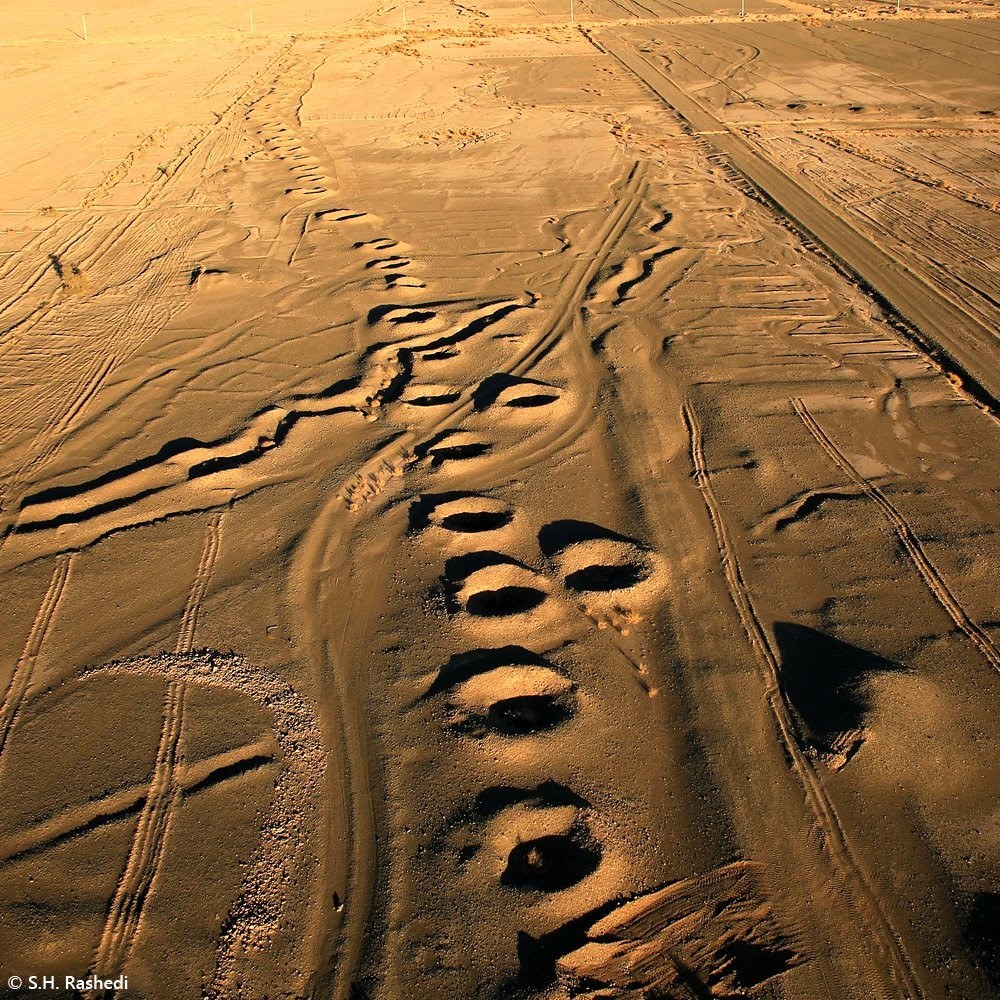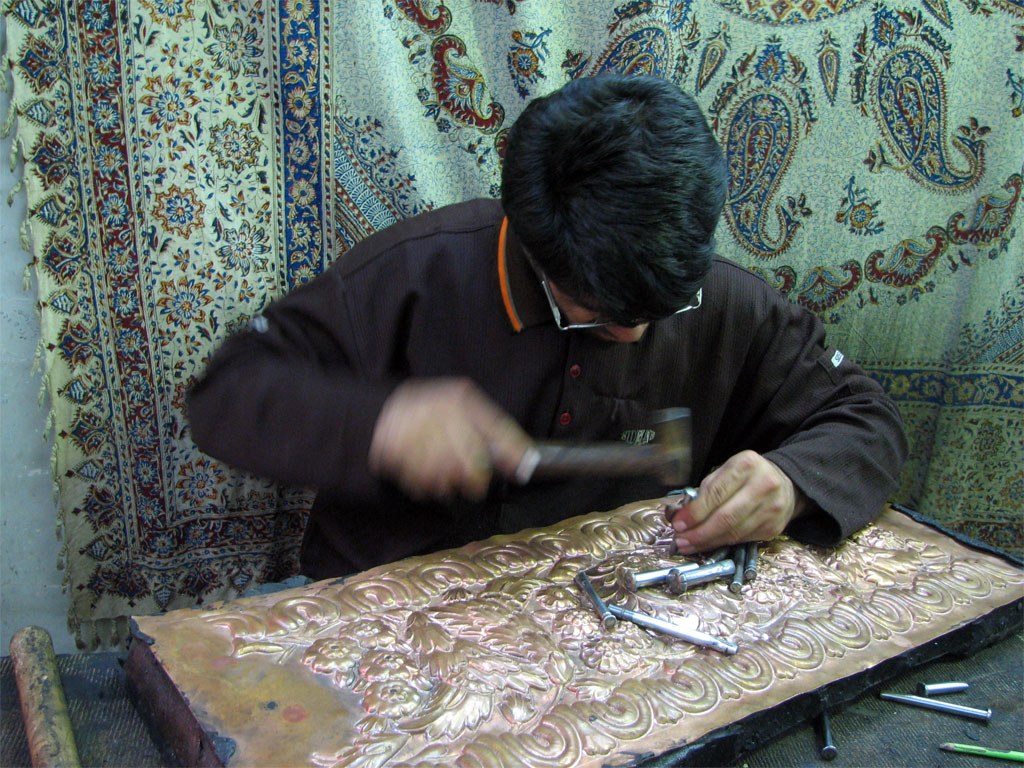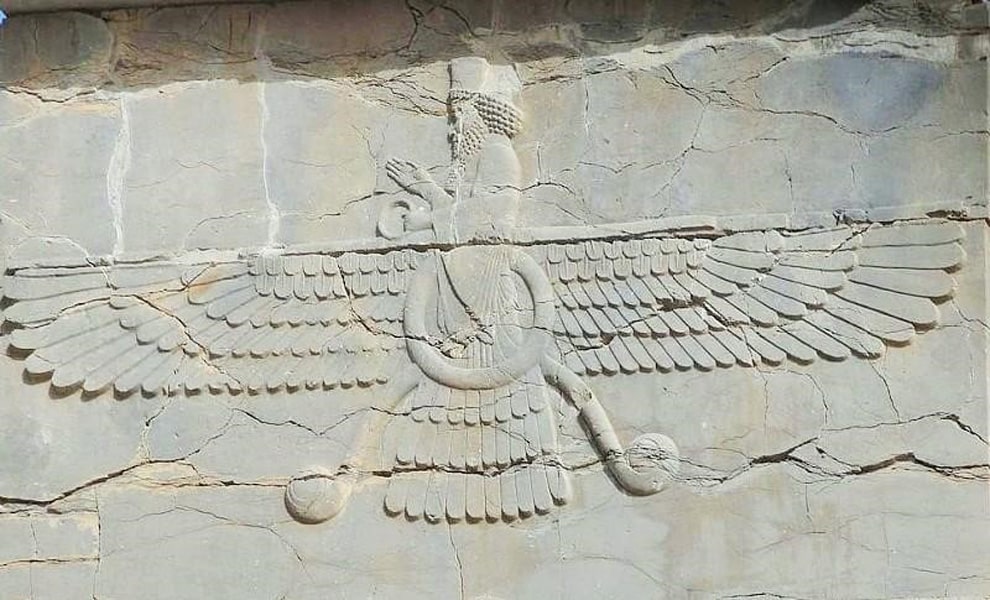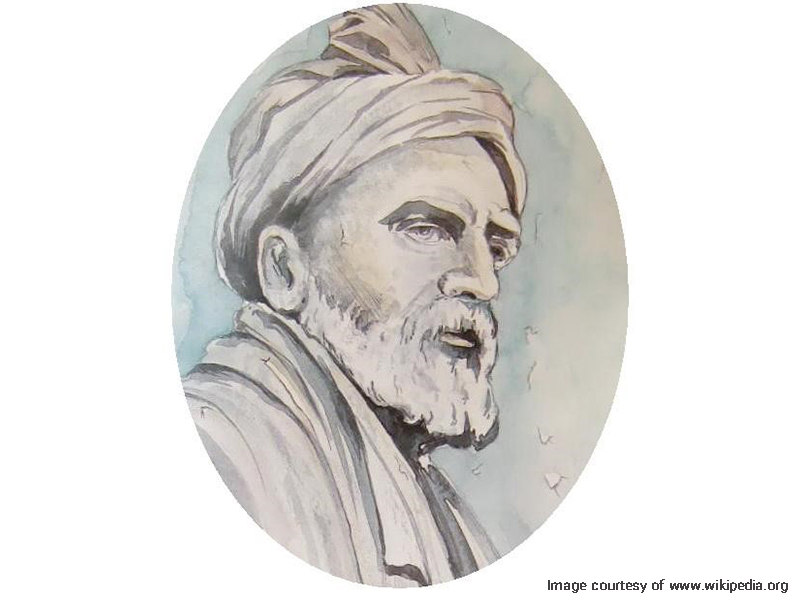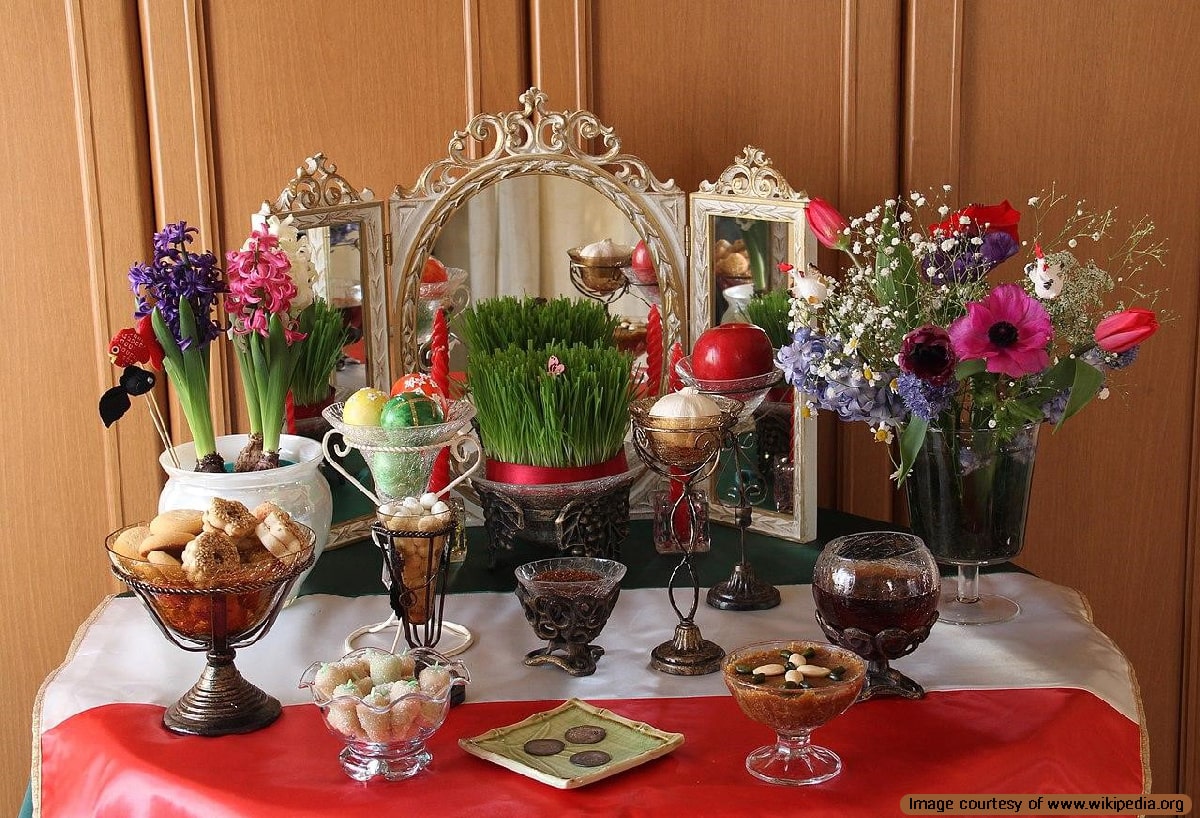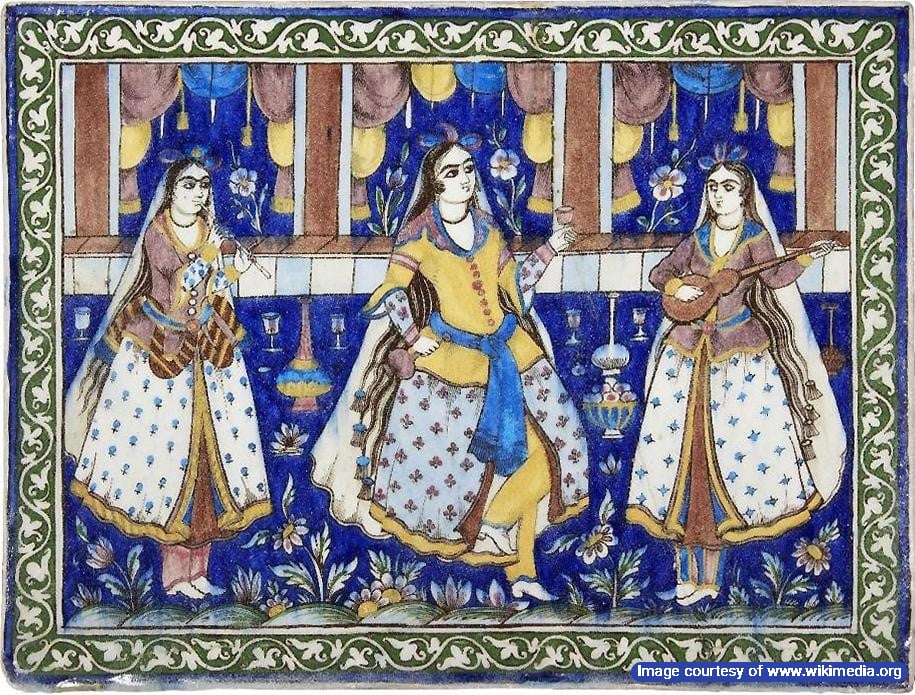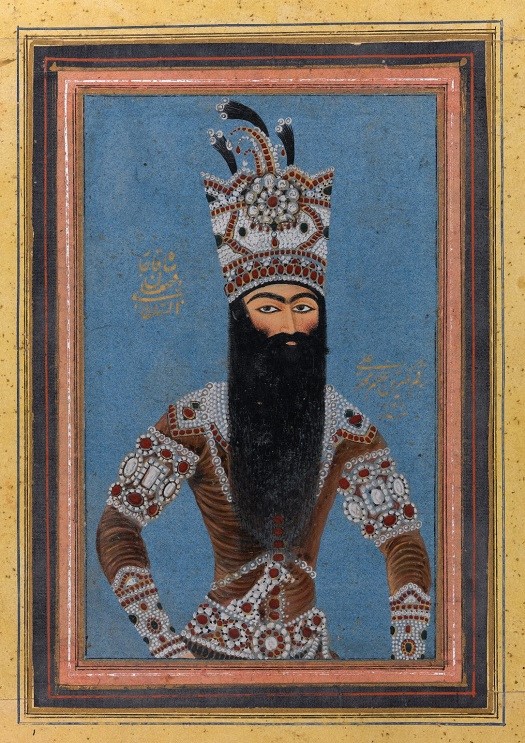
The origin of lacquer painting in Iran goes back to the late Safavid period and extended to Zand and Qajar eras. Although lacquer works emerged first since the period of Mongols’ advent in world history and even before that, lacquer works combined with painting started to be independently identified in Iranian arts since two centuries ago.
The common and favorable themes used on the book covers of the Safavid period consisted of courtiers’ recreation in nature, hunting, animal fighting, nature, geometric patterns, floral designs, and different arabesque designs.
Objects & Styles in Iranian Lacquer Painting
The objects used for this art were pen boxes, mirror cases, and jewel boxes. Going through various stages, artists made the most popular gilded or varnished objects from paper paste or compressed layers of paper.
In principle, there were three different styles of under lacquer painting on pen boxes:
1) Western-influenced pictorial scenes,
2) The bird and flower design in nature, and
3) A composition exclusively making use of floral and spiral scrolls, combined with blossoming branches.
The themes, motifs, and compositions used by Safavid artists were often used during the next dynasties in new and innovative ways. After the Afghans’ invasion and during Nader Shah, and Afsharid dynasty, lacquer painting in Iran survived somehow. It flourished as some other objects were also painted like oval and circular boxes, jewel boxes, window and door frames, ceiling wooden beams and so forth. Few alterations occurred in the art of the Afsharid period: the code of dressing, Nadery men’s hats and fatter proportions in women’s bodies could be easily found different.
Lacquer Painting during the Zand Period
The artists of Shiraz came up with a new style under Karim Khan, Zand period. In general, they painted women with round faces, fat cheeks, big deer-like eyes, and hairs parted from the top. They were completely depicted as fat with upper garments thin and semi-transparent or crotch-worked heavy clothes with a striped design, loose trousers, and long waist-tight coats as overalls. The women’s heads were covered by small tight hats or diadems tied by a kerchief.
Human faces were totally shaved and round. They wore long Zand turbans, fur hats, or small tight non-rimmed hats with a few strings of hairs uncovered. Men were usually dressed in long tight cloaks, tight bands around their waists, and long sleeves. Bodies were short and shoulder broad.
Lacquer Painting during the Qajar Period
There were two styles of lacquer painting in Iran that helped the transition from Zand to Qajar school:
- Fundamental Zand style of portraying the two first Qajar kings, Agha Mohammad Khan and Fath Ali Shah; and,
- A special composition consisting of grouping people and pictorial elements in describing themes like “A Holy family and St. Peter” or “Sheikh of San’an and the Christian girl”.
Later, during Fath Ali Shah, when the court generously supported artists, the first transitional style turned into a more elegant and luxurious one. But, he was more interested in creating artistic manuscripts combined with paintings. His grandson, Mohammad Shah, did not promote this field of art so substantially.
After a while, three movements made their way toward defining certain styles for some prolonged periods of time until the end of the Qajar period, but about the end of the Qajar dynasty, the dominant style of Iranian artists’ lacquer painting was basically decorative, combined, and impressionistic.
The outstanding features easily found in this style are gilded scrolls, hazelnut blossoms, deers and parrots inside roundels, rural life on two sides of pen boxes, and free bunches of flowers among other elements. Another feature was to represent men and women in the clothes of the latest fashions of the time in Europe.
European Influence on Iranian Painting
Unfortunately, despite a large number of artists, schools, and personal styles, the under-lacquer paintings of this period could be characterized by the inappropriate and illogic combination of general western culture and traditional Iranian themes. Usually, the varied themes were the ones like “love affairs of Braham the Gur and Azadeh”, “Virgin Mary and baby Jesus”, “The Day of Judgment”, the portraits of dervishes and Sufis as well as Imams, etc.
Toward the end of the 19th century, pen boxes were the most popular objects among the artists doing under lacquer paintings, but other lacquer-painted objects were introduced to this field of art like barbers’ instruments boxes, glasses cases, book racks, snuff boxes, safes, powder holders, musical instruments cases, playing cards boxes, makeup boxes, rulers, cradles and water pipes.
Developed Techniques in Iranian Artists’ Painting
The significant change in the Iranian lacquer painting of this era was artists increasing use of instrumental techniques and shortcuts in basic designs. For example, as soon as an artist made the general design with the help of contour lines, the composition could be completed by pouncing charcoal-made powder to accelerate and ease his task.
Another important point about making pen boxes was the fact that portraitists, floral and arabesque designers and gold blockers were all cooperating to make a pen box.
In general, lacquer painting was the reflection of methodological changes in the main fields of art in Iran although on a smaller scale. These changes were undoubtedly caused by either the form of lacquer-painted objects and their inherent limitation or the increase in demands resulting in instrumental techniques to produce them in large numbers.







